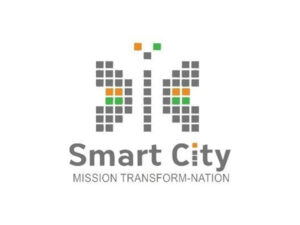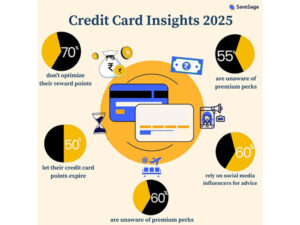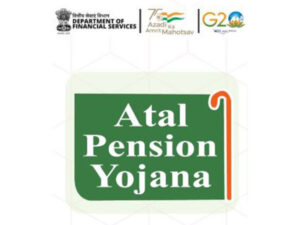Asia to drive global growth in 2023: Report
New Delhi [India], February 23 (ANI): Asia’s large emerging market economies will drive global growth in 2023, led largely by a gradual economic rebound in mainland China due to the easing of Covid-19 restrictions, said S&P Global Market Intelligence.
“The fast-growing consumer markets of mainland China, India, and Southeast Asia will provide an important growth engine for the world economy,” said the global financial market information and analytics services provider in a report.
Real GDP growth in China is forecast to rebound from 3.0 per cent in 2022 to 5.2 per cent in 2023 as domestic demand strengthens through the course of 2023.
For the Asia-Pacific region, the growth is forecast to contribute 58 per cent of the total increase in world GDP in the decade — 2021 to 2031. In the UAE, conditions are set for a continued strong recovery of the non-oil economy in 2023, the report said.
“The recovery of international tourism and ascending real estate prices signal that the recovery will continue in 2023. The non-oil economy accounts for 75% of the UAE economy.”
On the contrary, significant monetary policy tightening by the US Federal Reserve in 2022 and early 2023, the report said, will result in the growth slowdown in the country in 2023. The US real GDP growth is forecast to slow from 2.1 per cent in 2022 to just 0.7 per cent in 2023.
The US central bank’s policy rate is now in a target range of 4.50-4.75 per cent, the highest level in 15 years, and notably, it was near zero in the early part of 2022. Latest, the US Federal Reserve approved a quarter-point interest rate hike in January 31-February 1 meeting, to contain inflation.
Raising interest rates is a monetary policy instrument that typically helps suppress demand in the economy, thereby helping the inflation rate decline.
Coming to the inflation in the US, consumer inflation in the US moderated to 6.4 per cent in January from 6.5 per cent in December, and 7.1 per cent the previous month but still is way above the 2 per cent target.






